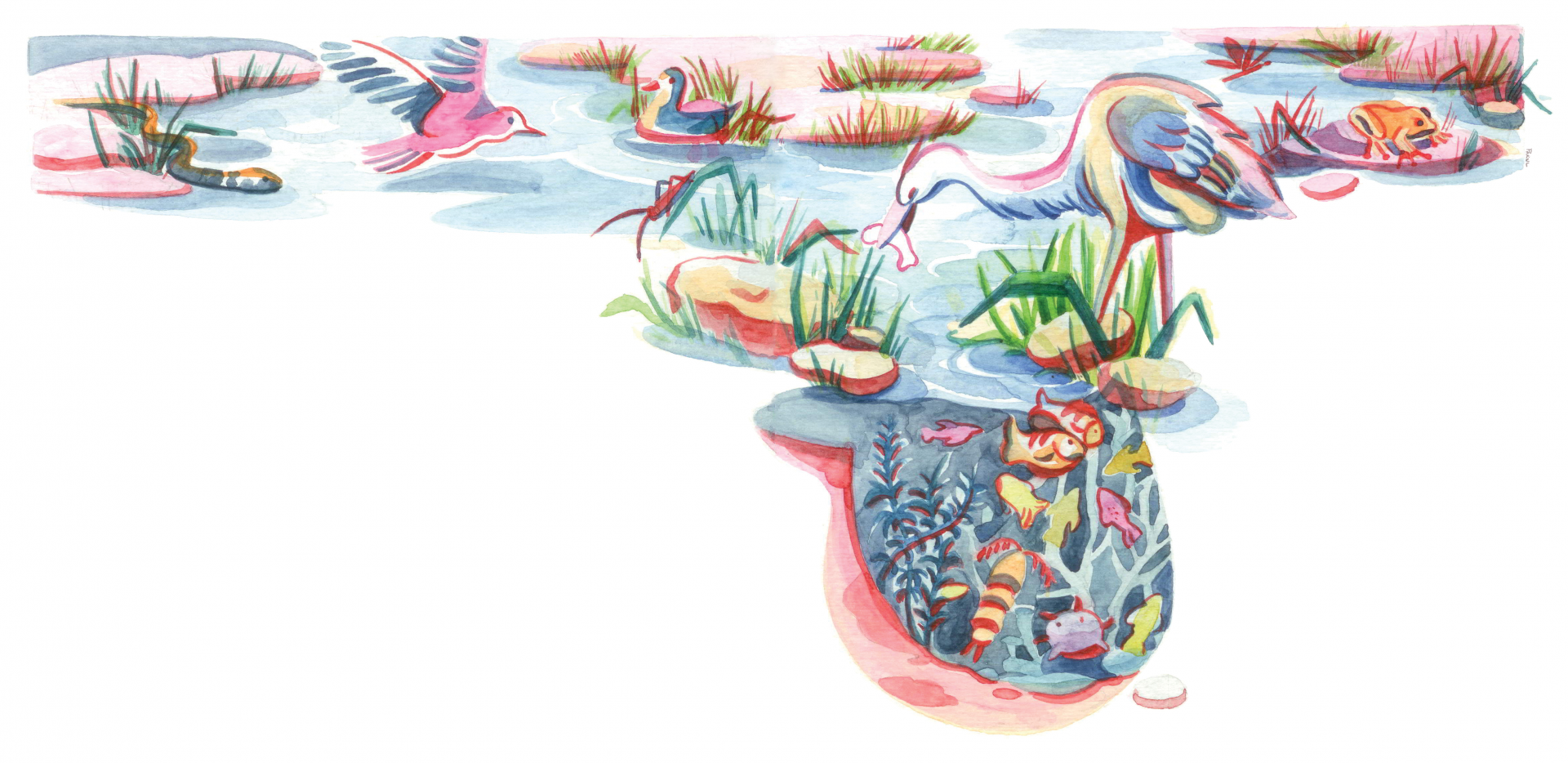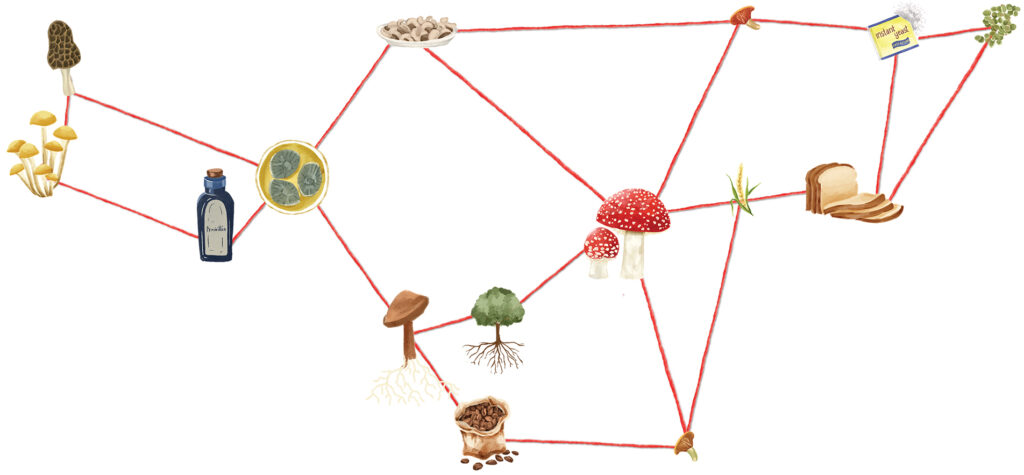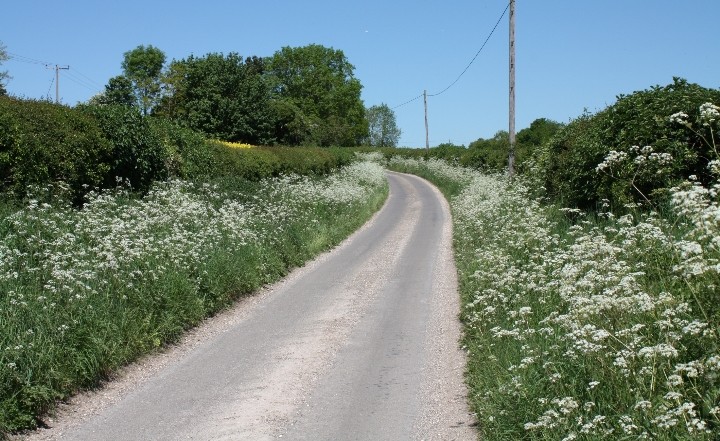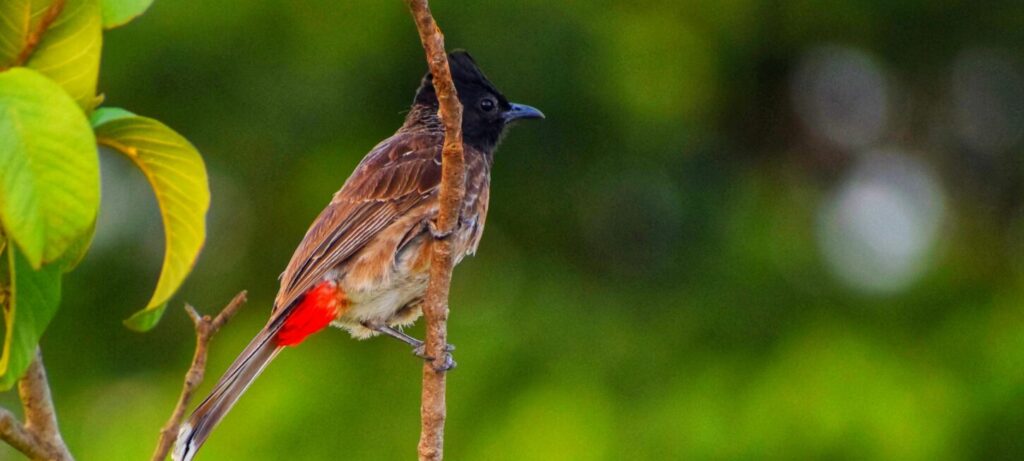Freshwater ecosystems have two important features. First, they are surrounded by land and very strongly embedded in terrestrial ecosystems. Second, they generally face strong human interaction, stronger than the high seas. These mean that we can utilize them in many ways. It also means that they are important for the rest of the biosphere in many ways. Being socio-ecological systems that interconnect distant areas and offer multiple ecosystem services, the conservation of freshwater bodies is full of
compromise.
A lake, a river or a pond has clear borders. In a sense, these are island-like locations, isolated in terrestrial landscapes. Yet, in a functional sense, the ecological processes in freshwater communities quite strongly link them to the surrounding terrestrial systems. In fact, the size proportion of coastal areas is much larger than in the sea and these riparian habitats host a huge diversity of organisms.
Instead of creating better and more accurate definitions, and trying to conceptually separate freshwater bodies from the terrestrial world (see the traditions of limnology or hydrobiology), it would be wiser to explicitly study their soft borders and recognize the importance of the cross-disciplinary grey zones between water and land.
Freshwater ecosystems and their networks
Whenever several components are linked and we wish to understand the consequences of these connections, network analysis is a good first step.
Freshwater ecosystems are parts of two kinds of networks:
a) The habitat network, where water bodies are linked to each other across landscape ecology.
b) The food web, containing clearly aquatic, clearly terrestrial and shared components (either living organisms or nutrient flows).
The freshwater habitat network, at the first glance, is a continuous system of wet habitats, creeks turning to rivers and lakes. The continuity is not absolutely necessary (e.g. tarns). But materials and organisms can also jump between wet locations. For example, transported by water birds, travelling either on their legs or in their guts. This is one reason why rivers should not be regarded as perfectly directed systems. Organisms clearly travel in both directions, either in the air or in the water. Moreover, clearly, several aquatic organisms can survive on land. So they are simply able to move across the dry matrix (i.e. amphibians, snakes). In order to better understand the conservation challenges for freshwater ecosystems and aquatic organisms, it is crucial to better monitor, model and really assess these processes and spatial aspects. It does make a big difference to be really isolated or just embedded in a heterogeneous and
mixed landscape.
Freshwater ecosystems, just like any other, have no clear borders. The fish and the mole have really poorly overlapping habitats, but even they can be indirectly interacting across a chain of other organisms. Several studies have shown surprisingly strong interactions between aquatic and terrestrial species. These are cascading and, after all, the aquatic food web and the terrestrial one are just two compartments of the big one. In fact, this recognition was one of the motivations for creating landscape ecology. Apart from the geographical one, this was its functional raison d’être. Researchers have shown how trophic cascades across the water-land boundary: predatory fish reduced the amount of dragonfly larvae, less adult dragonflies consumed less pollinator insects, and terrestrial plants were less pollen-limited and flourished. The myriads of cascades like these connect the two officially totally different habitats and, given the diversity of riparian communities, this is more the rule than the exception.
For people interested in categorical thinking and classification, landscape ecology and all processes inter-connecting different systems are disturbing.
For people who prefer to think functionally, this is ecology – and not surprising at all.
Positive and negative, as well as strong and weak effects are spreading in these interconnected networks. Perturbations (e.g. invasion, pollution) generate point-like or system-wise effects. In order to monitor, assess or predict these, one can perform modelling efforts. Better understanding their complementary nature will only help to make ecosystem models really predictive and applicable.
Extinction and invasion are often considered as two major symptoms of climate change, two major dangers for natural ecosystems. Global extinction is clearly a tragic loss. Local extinction and invasion are mechanisms of compositional shifts in any ecosystem and, ultimately, these are the ways in which ecosystems adapt to altered conditions. In a sense,
these are not the problem, but the solution.
As a key ecosystem service from a human perspective, the healthy functioning of the whole, spatially and functionally interconnected system is crucial for water quality. The cycling of nitrogen and phosphorus strongly influences algal production and the composition of the aquatic microbiome is strongly sensitive to water chemistry and affects several higher-level organisms. Overall, the whole food web (or trophic network) is a stage where key players act, either facing the challenges or buffering and balancing external effects. But, after all this, what is external. This is the question.





